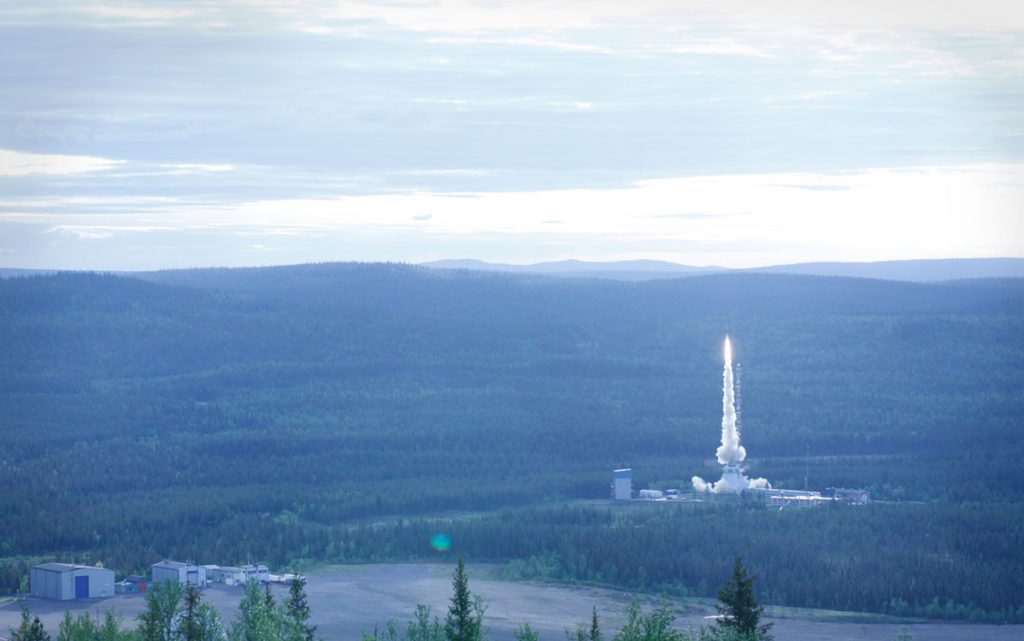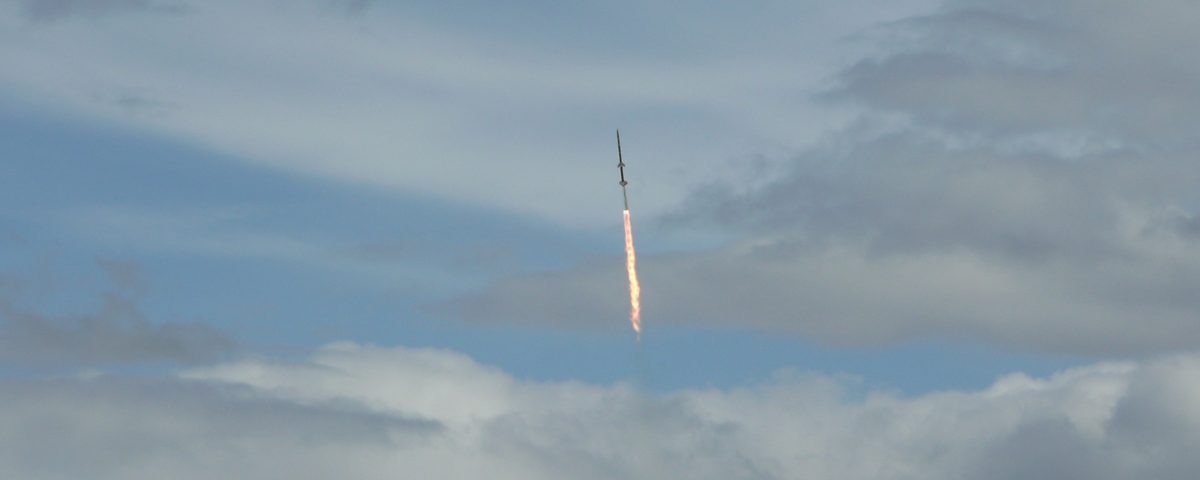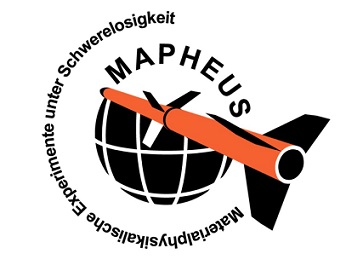MARS
The challenge is to make powder-based additive manufacturing independent of gravitational forces. The planned experiment is a sequel to previous experiments in this research field, during which metal powders were investigated in parabolic flights. Within MARS a part from bulk metallic glass powder ,AMZ4’ will be fully automatedly manufactured. This will be the first attempt to manufacture parts from bulk metallic glass over several minutes in weightlessness and will provide a wealth of scientific data to prepare for even longer microgravity time on orbital platforms in the near future.
X-RISE
Measures diffusion in liquid alloys using x-ray radiography and shear-cell furnace in two different experiments. Heating of furnaces will start prior to countdown, liquidizing the alloys before liftoff
- In one furnace Al-In alloys will be melted and interdiffusion in the liquid state will be measured. This is a benchmarking experiment.
- In the other furnace the spike method will be applied to liquid Al-Ge alloy. A layer of aluminum or germanium is placed between the parts of an interdiffusion couple. This method enables an isotope free measurement of self-diffusion. The method gives no stable density for liquids on ground and will now be tested in microgravity.
SOMEX
In Somex, a modular experimental environment for microgravity platforms such as MAPHEUS sounding rockets has been developed, consisting of interchangeable soft-matter sample cells that can be combined with different optical instrumentation. In addition, the hatch of the pressure-tight hull, through which the colloidal sample cells are installed during early access, represents a technology demonstrator. Two experiments will be processed on the qualification flight:
- Granular matter is injected into cells and diagnosed using light scattering and high-speed imaging.
- Studies colloidal suspensions: coated Janus particles are pumped into cassettes, tempered, and irradiated by laser and LED. Cameras record their movements and light scattering at an angle.



